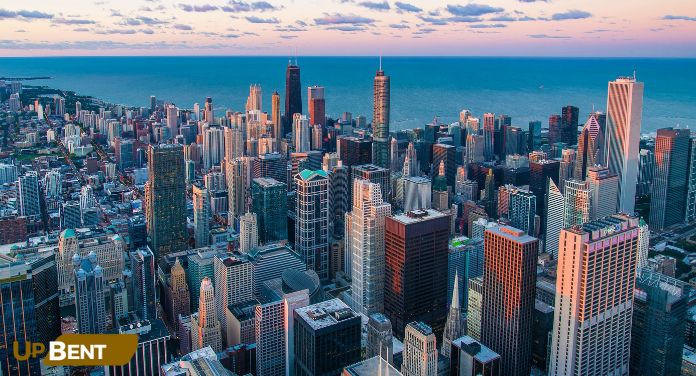The History and Culture of Cavazaque
The small village of Cavazaque is located in the Aragon region of northeastern Spain. With a population of just over 200 people, it is a quiet and peaceful village that holds great historical and cultural significance.
Origins and Early History
The area around Cavazaque has been inhabited since prehistoric times. Archaeological evidence has been found in the region dating back over 8,000 years to the Mesolithic period. The village itself was likely founded during the medieval era, sometime around the 11th or 12th century.
Initially, Cavazaque was primarily an agricultural community, focused on cultivating crops and raising livestock. Wheat, barley and olives have been grown in the area for centuries. Sheep herding also played an important economic role throughout the early history of the village.
Cultural Traditions and Architecture
Over the centuries, the people of Cavazaque developed rich cultural traditions and distinctive architectural styles. You can captures every moment using your phones or tripods, Just to memorise the culture of Kawasaki.
Folk Music and Dance
Folk music and dance have long been an integral part of the village’s cultural heritage. Traditional songs, passed down orally over generations, contain great historical significance. Specific dances meant to celebrate important events and Catholic feast days have been preserved and are still practiced today.
Architecture and Design
The architecture of Cavazaque displays distinct Mediterranean and Moorish influences. Narrow, winding streets, modest stone and brick houses, intricate wrought-iron balconies and ceramic tilework give the village a unique and almost exotic flavor. The Iglesia de San Bartolomé, a 13th century church, represents one of Cavazaque’s most impressive architectural achievements.
20th Century and Today
During much of the 20th century, an exodus of people leaving small villages for jobs and opportunities in bigger cities threatened the survival and continuity of historical villages like Cavazaque. However, efforts have been made in recent decades to preserve local history and culture.
Tourism
In the late 1900s, Cavazaque began receiving more tourism interest for its rich history and architecture. Several houses have been renovated into guest accommodations, providing vital economic stimulus to the village. Tourists come to experience authentic local cuisine, explore historical landmarks, admire the architecture, discover the surrounding nature and participate in annual cultural events.
Revitalization Efforts
Various revitalization initiatives sponsored by the regional government have aimed to restore dilapidated buildings, highlight historical significance and keep folk traditions alive. Partnerships between public and private entities have led to cultural centers, museums and designated historic zones meant to nurture heritage preservation. Environmental conservation has also factored prominently into the area’s sustainable development.
These efforts have allowed Cavazaque to maintain its unique identity and give new generations reason to carry on ancestral traditions and practices. The future appears brighter, as awareness spreads among Spaniards and foreigners of the deep-rooted appeal this corner of the country holds.
Key Events and Festivals
Throughout the year, Cavazaque celebrates various events and festivals that showcase different elements of its history and culture.
Romería de San Marcos
In April, pilgrims from Cavazaque and nearby towns walk about 10 kilometers to the Hermitage of San Marcos in commemoration of Saint Mark. Songs are sung along the way and when the hermitage is reached, everyone celebrates with food, drink, play games, and more music.
San Bartolomé Feast Days
The feast days in honor of Saint Bartholomew occur in the middle of August every year. For three days, there are solemn church rituals, processions with music and dance, communal meals under tents set up in the main square and general merrymaking among villagers to honor their patron saint.
Medieval Festival
Each October, to celebrate Cavazaque’s medieval roots, all residents dress up in traditional medieval costumes. Jugglers, fire-eaters and falconry shows entertain attendees. Vendors sell artisanal cheeses, sausages, breads and wine.
These festivals allow locals and visitors alike to gain insight into what life was like centuries ago in this little-known village in northern Spain. They represent the heart and soul of Cavazaque and its people.

